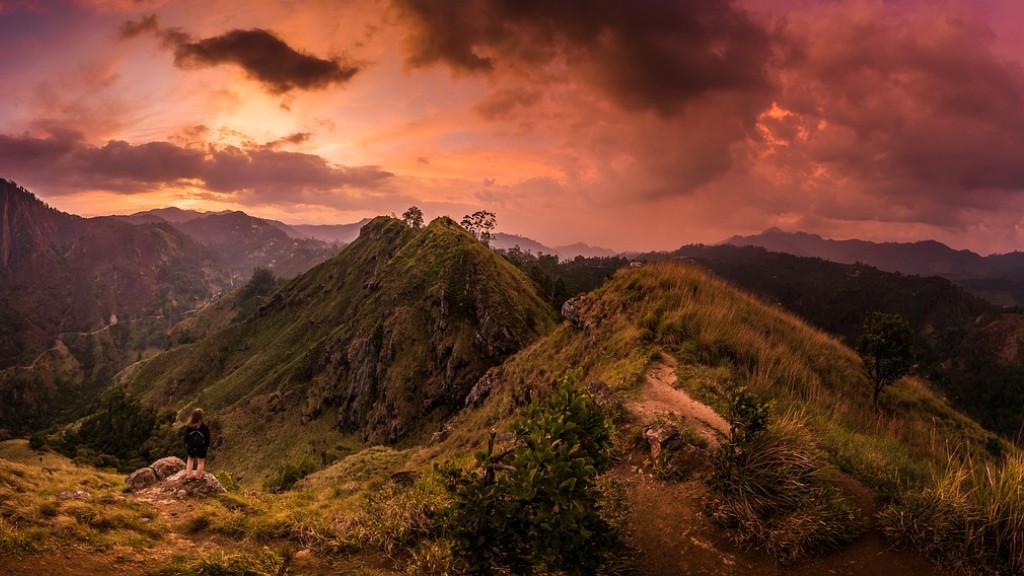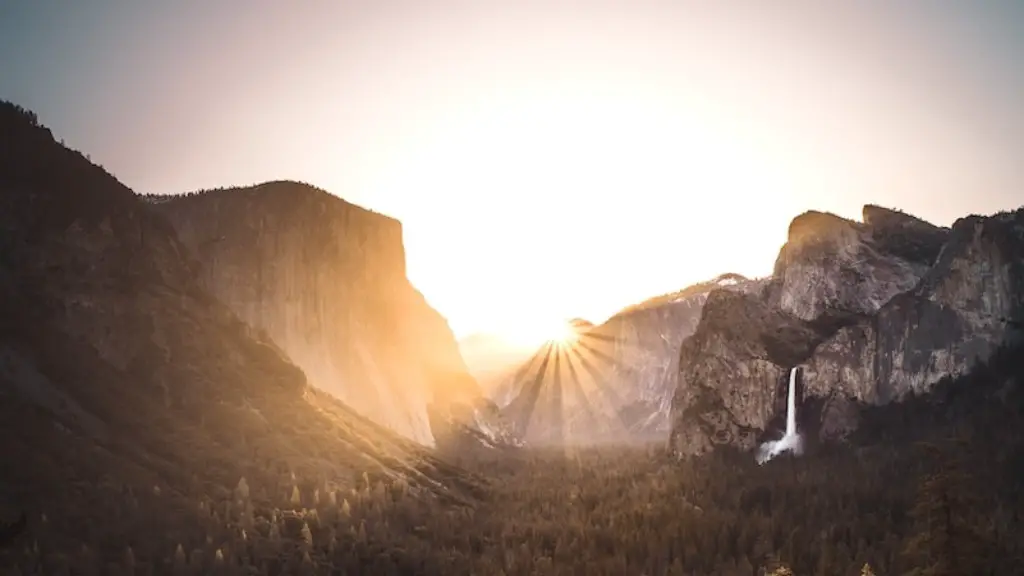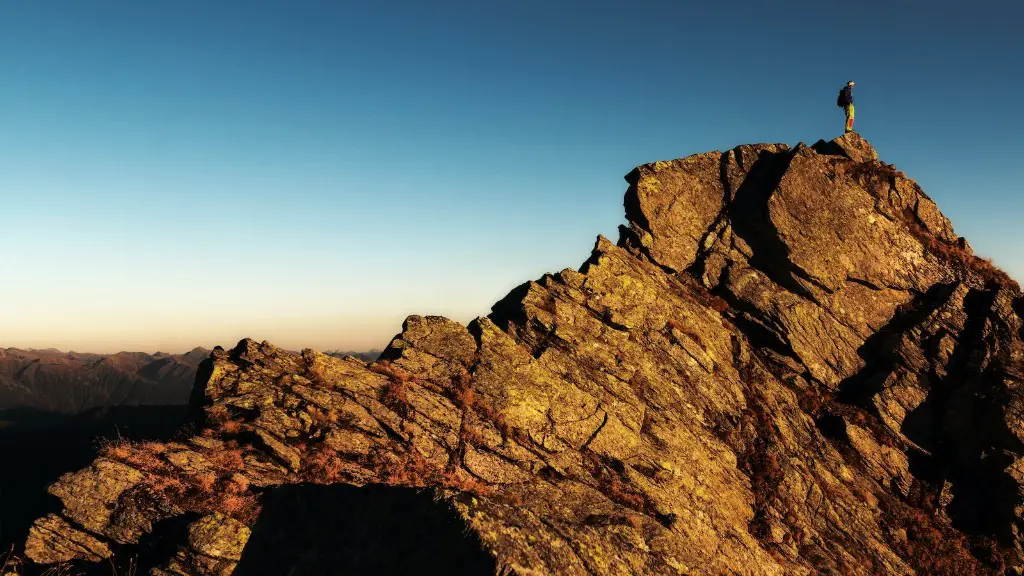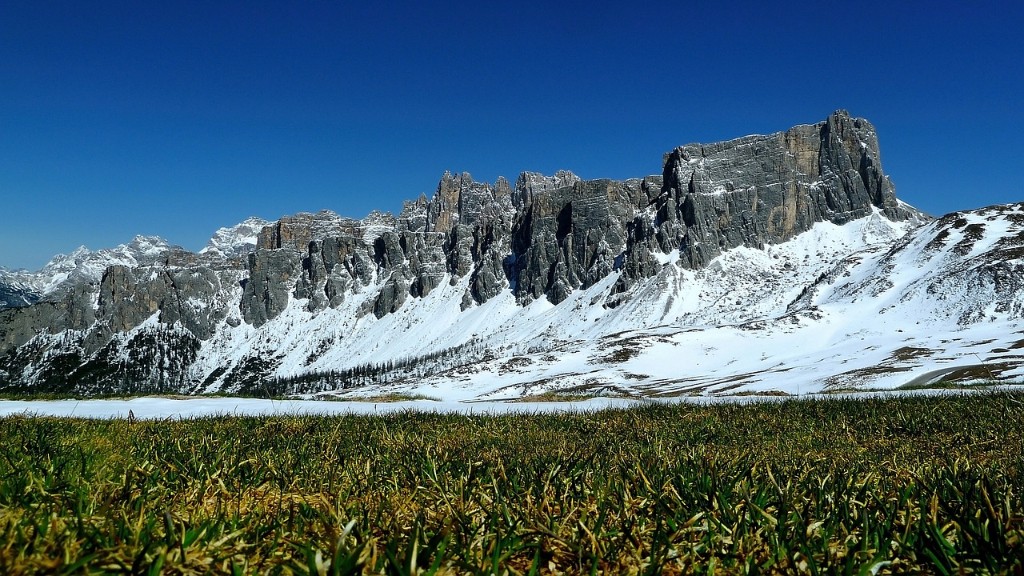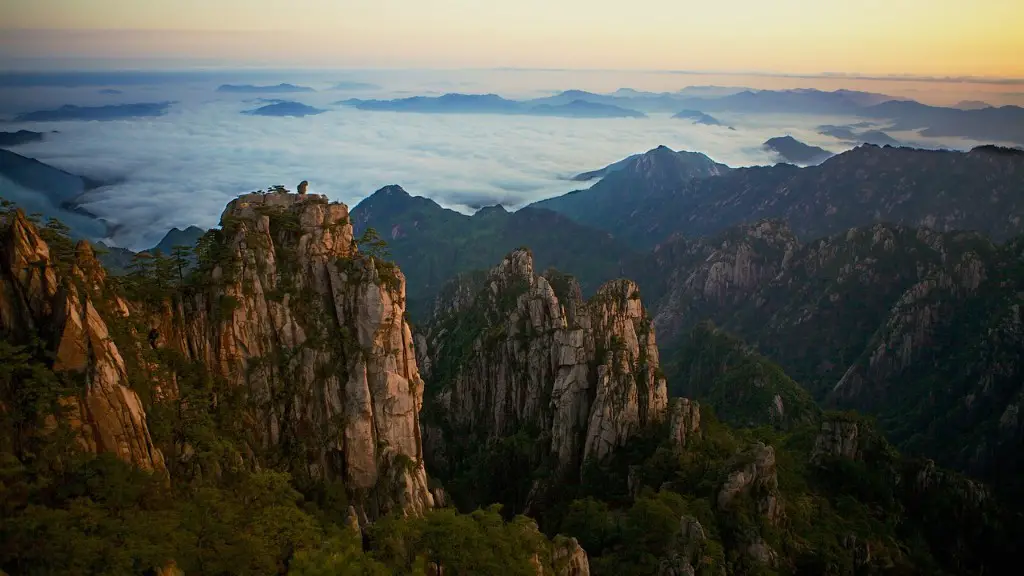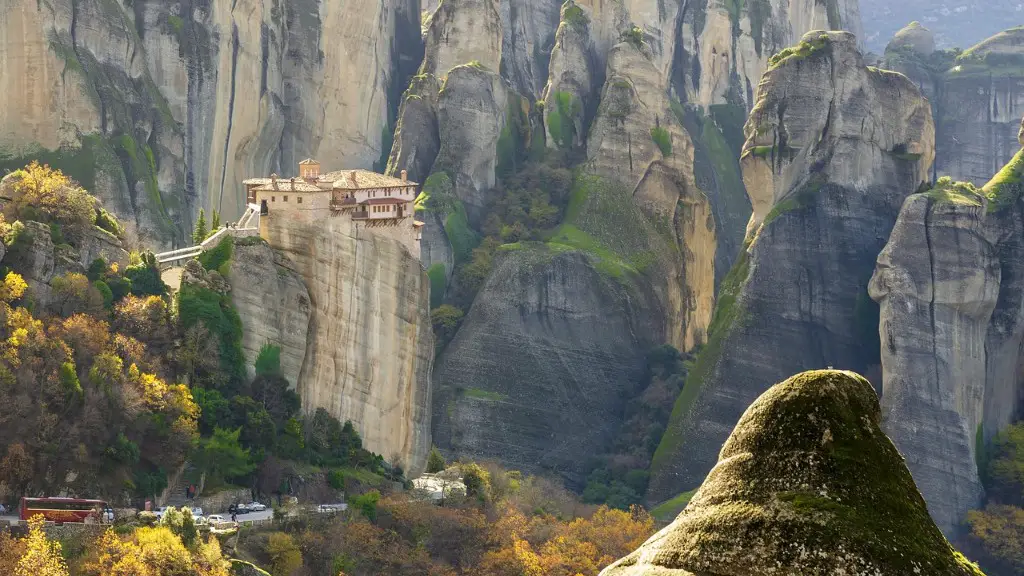Mount Fuji, the tallest mountain in Japan at 3,776 meters, is an active volcano that last erupted in 1707. It is located about 100 kilometers southwest of Tokyo on Honshu Island and is a popular tourist destination.
The first recorded ascent of Mount Fuji was in 663 by an anonymous monk.
When was Mount Fuji discovered?
The first known ascent of Mount Fuji was by a monk in 663. After that, the peak was regularly climbed by men, but women were not allowed on the summit until the Meiji Era in the late 19th century. The first known Westerner to climb Fuji-san was Sir Rutherford Alcock in September 1860.
The first known ascent of Mount Fuji is said to date back to 663 by the Buddhist monk En no Gyoja, considered to be the founder of the syncretic shugendo sect which mixes religious aspects of Buddhism, Taoism, Shinto, and Shamanism. This early ascent was likely just a pilgrimage to the mountaintop, and the first recorded ascent with the intention of climbing the entire mountain was not until 1707. Since then, Mount Fuji has become a popular destination for climbers from all over Japan and the world.
Who is the owner of Mount Fuji
Many people assume that Mt. Fuji is owned by the state, but the truth is that it is owned by Fujisan Hongū Sengen Taisha, which owns more than 1,300 temples around the island nation. The state only owns the land up to the 8th stage of the mountain.
Fuji is a basaltic stratovolcano born from the base of Mt Komitake about 100,000 years ago. Its current beautiful cone shape was formed over two generations of volcanic activity turning the old Mt. Fuji into the magnificent mountain it is today. Fuji is one of Japan’s most famous mountains and is a popular tourist destination.
Will Mt. Fuji ever erupt?
Yes, this beautiful Mt Fuji is destined to erupt. Specialists have raised the alarm that “Mt Fuji has entered a standby phase for the first time in 300 years. The last time Mt Fuji erupted was in 1707, and it is overdue for another eruption. The Japanese government has set up a task force to monitor the situation and evacuate the area if necessary.
Mount Fuji is an iconic symbol of Japan and one of the most popular tourist destinations in the country. However, it’s also an active volcano that has erupted about 180 times over the past 5,600 years. The most recent one was more than 300 years ago, the Hoei eruption of 1707, and experts anticipate that another eruption could occur again before long. While the risk of an eruption happening during your lifetime is relatively low, it’s still something to be aware of if you’re planning a trip to Mount Fuji.
How many deaths has Mount Fuji caused?
The eruption ejected 08 cubic km of ash, blocks, and bombs. Five historic eruptions have caused damage, including the 1707-1708 eruption, but no fatalities. Fuji had two large eruption (VEI=5) in 1050 and 930 BC. Fuji’s summit and crater
There are several theories about the origins of the name Mt. Fuji. One theory is that it is derived from an Ainu term meaning “fire,” coupled with san, the Japanese word for “mountain.” The Chinese ideograms (kanji) now used to write Fuji connote more of a sense of good fortune or well-being. Whatever the origins of the name, Mt. Fuji is an iconic symbol of Japan and one of the most popular tourist destinations in the country.
Is Mount Fuji man made
Mount Fuji is a beautiful mountain that is actually several volcanoes that erupted over time. The most recent volcano, known as Young Fuji, started forming about 11,000 to 8,000 years ago. It is a popular tourist destination in Japan and is known for its stunning views.
The capital of Japan, Tokyo, is one of the most populous cities in the world with over 37 million people. It is also one of the most densely populated cities with over 13,000 people per square mile. The city is located on the Pacific Ring of Fire, which is an area of high seismic activity. The Ring of Fire is where about 75% of the world’s volcanoes are located.
Mount Fuji is the most well-known volcano in Japan and is located about 80 miles (130 km) from Tokyo. In the event of a large eruption, the city would likely be covered in volcanic ash. This would cause buildings and roads to collapse, and disrupt flights. The ash would also be harmful to people and animals.
What animals live on Mt. Fuji?
There are 37 recorded species of mammals living in Japan, including the rare Japanese serow. Asiatic black bears are also seen on occasion, as well as Japanese squirrels and foxes. These animals can be viewed from the mountain base to Shin-gogoume.
Konohanasakuya-hime is an incredibly important goddess in Japanese mythology, not only because she is the goddess of Mount Fuji, but also because she represents the delicate balance between life and death. As the blossom-princess, she is a reminder that life is fragile and should be cherished, but as the goddess of volcanoes, she also represents the destructive power of nature. It is this balance that makes her such an important symbol of Japanese life.
What are 5 facts about Mount Fuji
1. Mount Fuji is comprised of three volcanoes.
2. Women were banned from climbing the mountain until 1868.
3. It is considered a sacred mountain.
4. The first recorded ascent was by a monk.
5. Mount Fuji is a symbol of Japan.
6. It is an active volcano.
7. The most recent eruption occurred in 1707.
8. Mount Fuji is surrounded by five beautiful lakes.
9. The mountain is a popular tourist destination.
10. There are a number of different trails that lead to the summit.
Fuji has a long history of eruptions, with the two largest eruptions in the last 2000 years having different styles. The 864–866 CE Jogan eruption was effusive, while the 1707 Hoei eruption, the most recent eruption, was explosive. This shows that Fuji is capable of both types of eruptions, and that the style of an eruption can vary depending on the underlying conditions.
Why do Japanese love Mt. Fuji?
Since ancient times, Mt. Fuji has been an object of worship and a source of inspiration for Japanese people. The perfect cone shape of the volcano, which is often compared to an inverted fan, is easily recognizable and greatly admired. Both Shinto and Buddhism, the two major religions in Japan, consider Fuji to be sacred, and people from all walks of life attest to the power of this natural symbol that is so deeply inscribed in the national psyche.
The Hoei eruption of Mount Fuji in 1707 was preceded by a massive earthquake. The estimated-86-magnitude earthquake likely triggered a primed Fuji to erupt. The damage—especially the deaths—from these disasters, plus a tsunami, is hard to untangle.
Conclusion
Mount Fuji was found in the 8th century.
Today, Mount Fuji is a popular tourist destination, with over 200,000 people climbing to the summit every year. It is considered one of the most sacred mountains in Japan and has been a site of pilgrimage for centuries. The first recorded ascent of Mount Fuji was in 663 CE by an anonymous monk.
